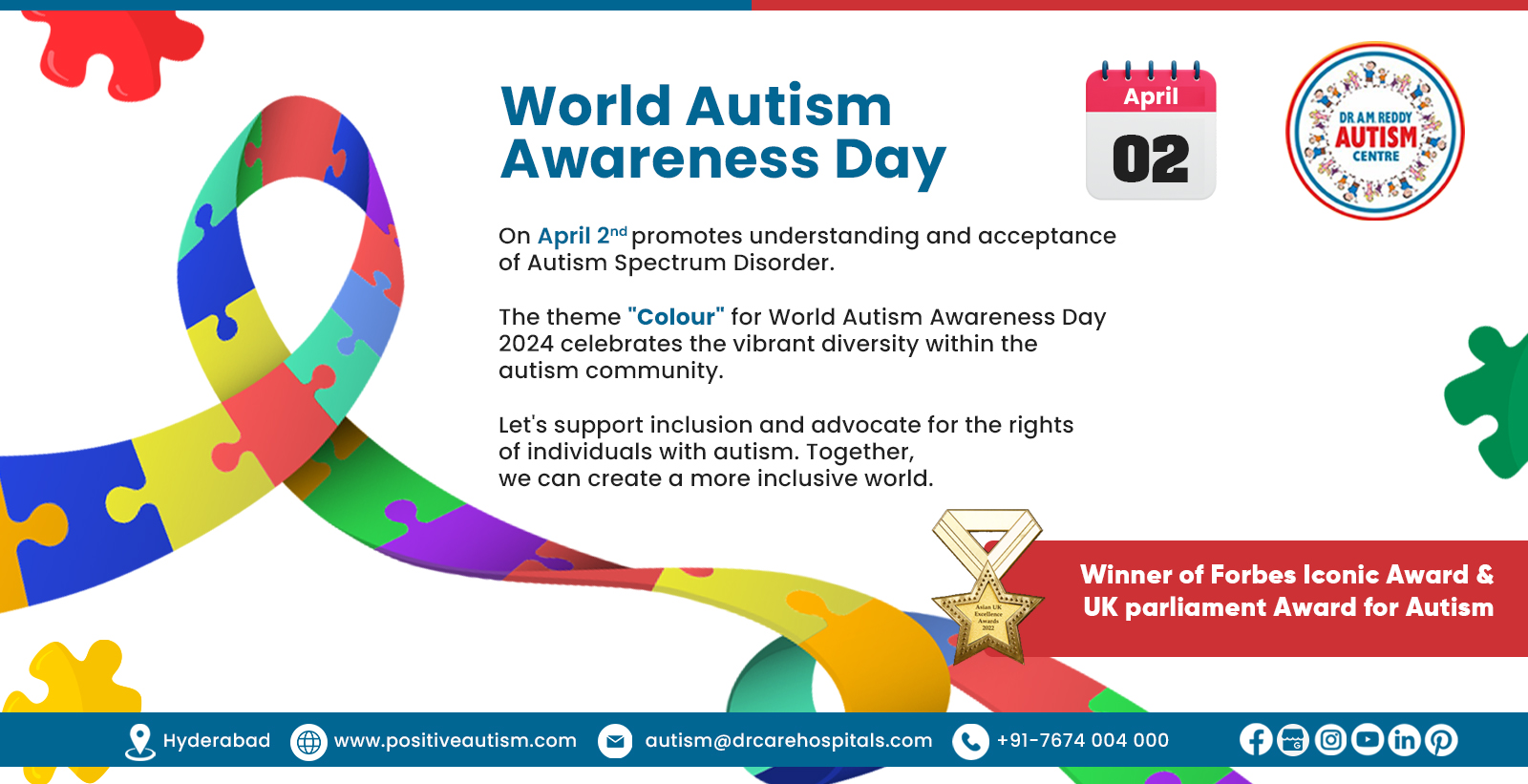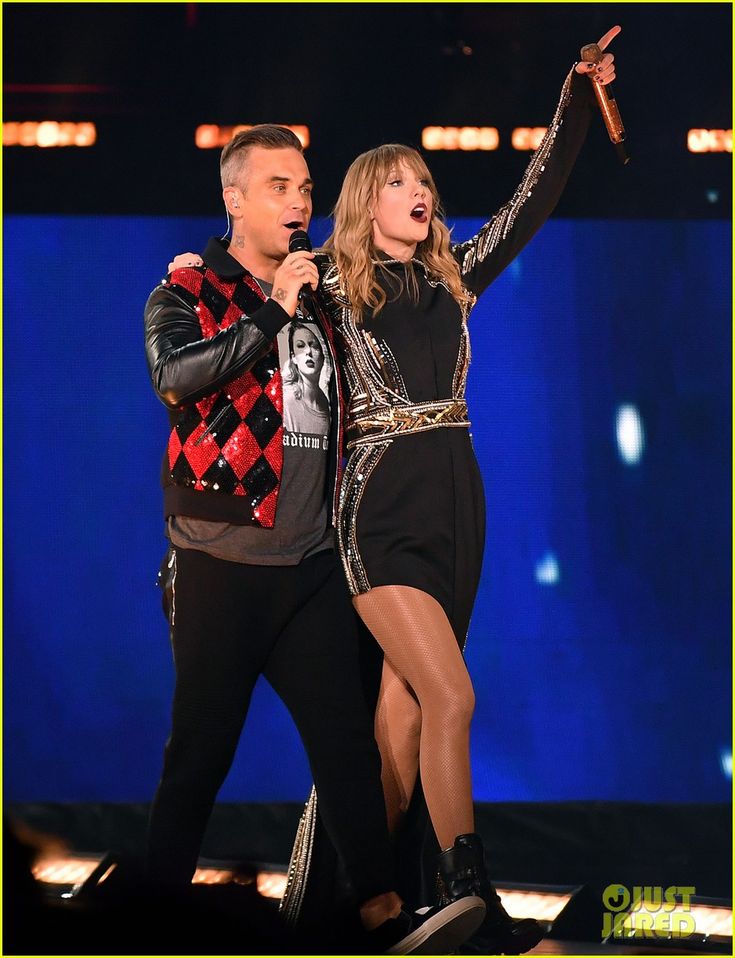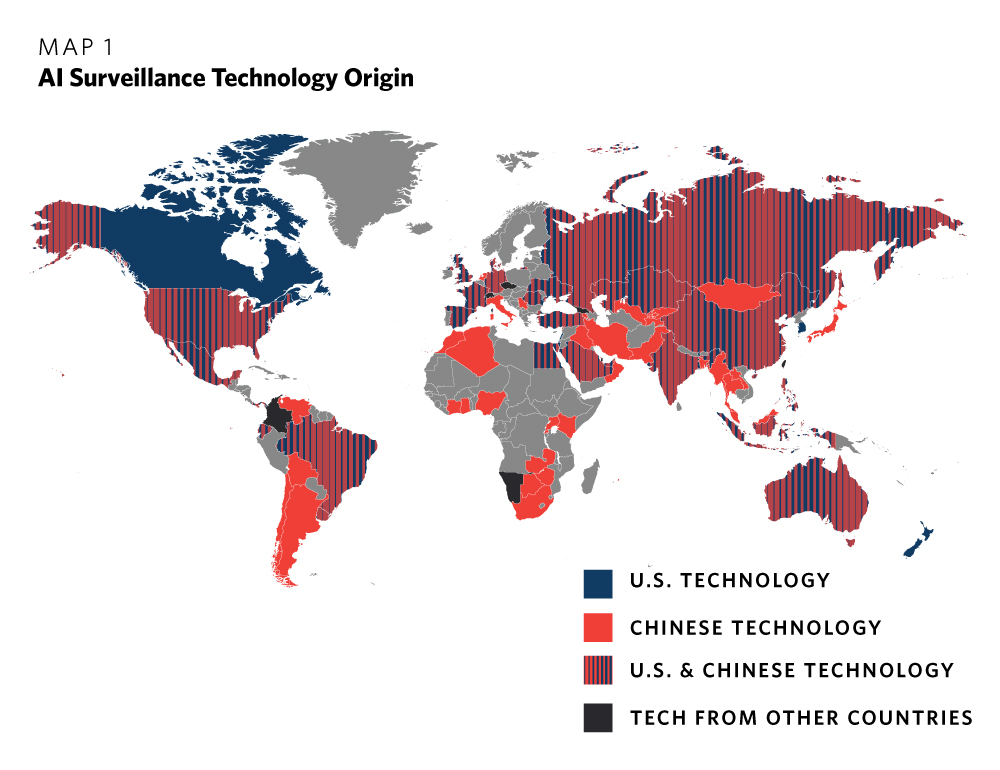
Technology: The Game-Changer for Nonspeaking Autistic Individuals
The power of technology has revolutionized the way we live, work, and communicate. For nonspeaking autistic individuals, technology has been a lifesaver, providing them with a voice and a means to express themselves. One such individual is Jordyn Zimmerman, a nonspeaking autistic woman who has found her voice through technology.
 Image: A person using a tablet with a communication app
Image: A person using a tablet with a communication app
Zimmerman’s Journey
Growing up, Zimmerman relied on body language and pictures to communicate. However, her life took a dramatic turn when she began using Proloquo2Go, an augmentative and alternative communication app. This technology gave her a legitimate voice for the first time, allowing her to express herself and connect with others.
“They had been told for 18, almost 19 years by so many professionals about who I was, what I could do, how I would not be able to feel deeply with others or empathize, how I was incapable of learning, communicating and engaging,” she said. “And here I was sharing and debunking everything that was made to be true for so long, what was wildly inaccurate.”
The Impact of Technology
Technology has not only given Zimmerman a voice but has also transformed her relationships. She has developed a strong bond with her brother, which was previously nonexistent due to her communication barriers.
“My brother and I have this amazing, ever-growing relationship, which now started 10 years ago,” she said. “We didn’t have the chance of knowing each other before that time.”
Zimmerman’s advocacy work has taken her to some of the biggest platforms, including the President’s Committee for People with Intellectual Disabilities. She aims to improve resources and educational opportunities for students with disabilities.
“When students are non-speaking or cannot rely on speech to be understood, our school systems frequently segregate them,” she said. “And once a student is segregated, it’s hard to shake things up. We have to rewrite those rules.”
Image: Jordyn Zimmerman
A New Era of Inclusion
Zimmerman’s story is a testament to the power of technology in breaking down barriers. Her advocacy work is a beacon of hope for a more inclusive and supportive world for all children.
“Every time I present and share my story, I impact one person. And every time I share feedback on an experience that might lead to positively impacting another person, I feel good and I’m proud about changing the narrative in that way,” Zimmerman said. “I know I can’t change the world alone, but I can certainly create people to facilitate meaningful improvements and help show that we all have valuable contributions to make.”












